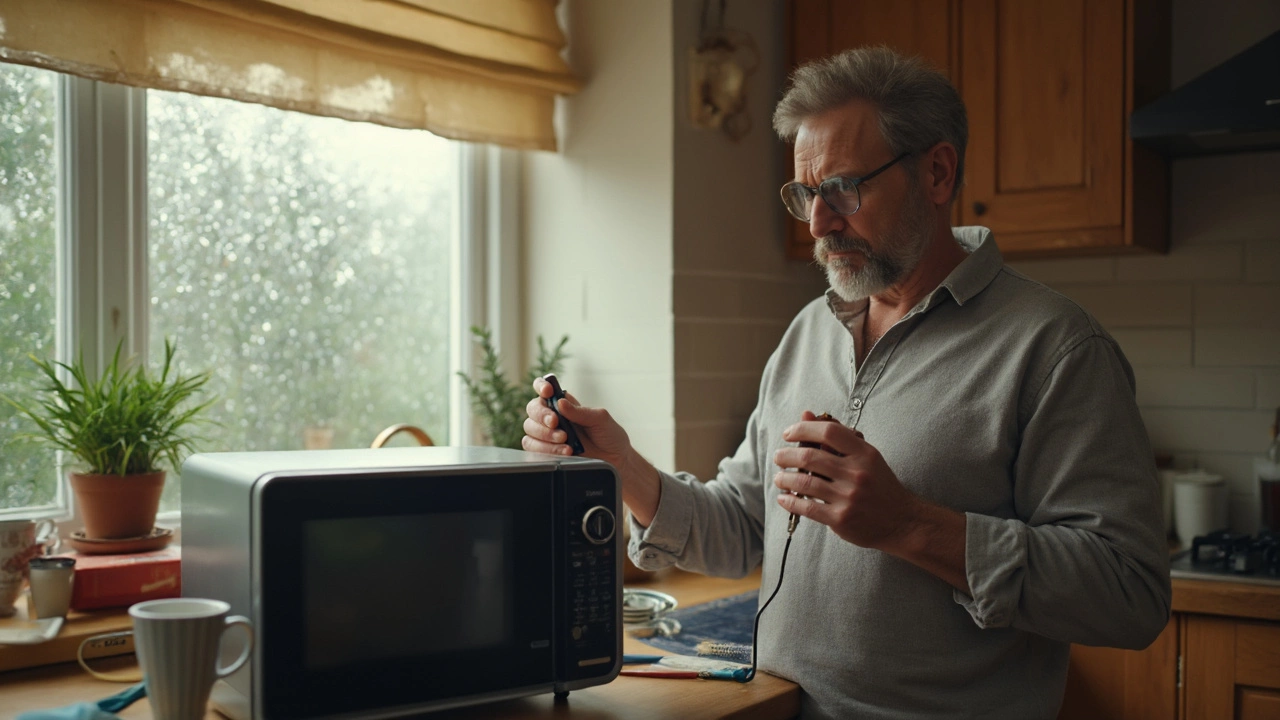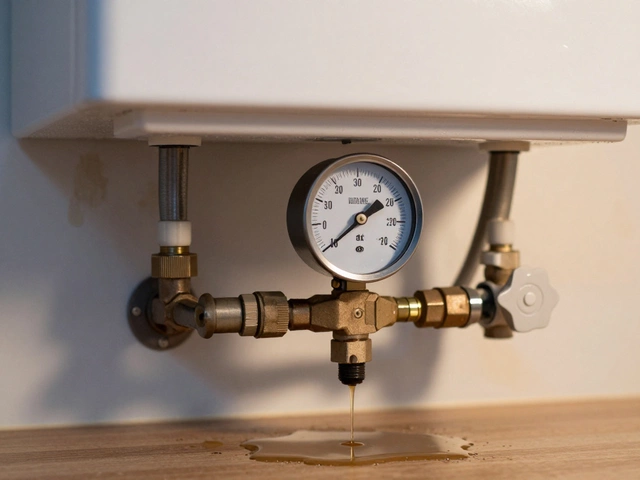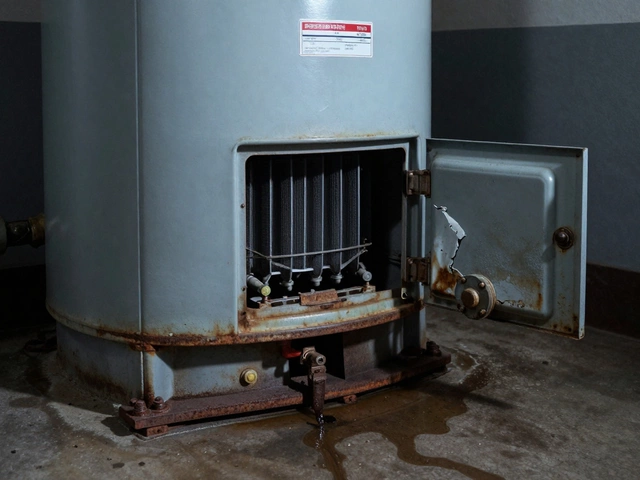Blown Fuse? Quick Fix Tips for Home Appliances
Ever flip a switch and nothing happens? Chances are a fuse has blown. It’s a common hiccup in fridges, ovens, washers and other gadgets. The good news? You can often nail the fix yourself, and if not, Hinckley Home Appliance Repair is just a call away.
Spotting a Blown Fuse
First thing, look for the tell‑tale signs. The appliance won’t power on, lights stay dark, and you might hear a faint pop when the circuit trips. If your kitchen oven suddenly stops heating or the dishwasher won’t start, check the fuse box. Most modern homes have a clear panel with individual fuses labeled for each circuit. A blown fuse usually looks blackened or the metal filament inside is broken.
Don’t ignore a buzzing sound or a faint smell of burnt plastic – that’s the fuse warning you it’s overloaded. If you’re unsure, grab a multimeter. Set it to continuity mode, touch the probes to the fuse ends, and if the meter doesn’t beep, the fuse is dead.
How to Replace a Fuse Safely
Safety first: turn off the main breaker before you start. This eliminates any chance of an electric shock while you’re working. Once the power is off, locate the blown fuse and gently pull it out. Most fuses have a twist‑lock or pull‑out design – no tools required.
Match the replacement fuse to the original’s rating (look for numbers like 5A, 10A, etc.). Using a higher‑rated fuse can let too much current flow and damage the appliance, while a lower‑rated one will trip again quickly. Snap the new fuse into place, flip the breaker back on, and test the appliance.
If the new fuse blows immediately, you’ve got an underlying problem – perhaps a shorted motor, a faulty heating element, or a loose wire. That’s when you should call a pro. At Hinckley Home Appliance Repair we can pinpoint the root cause, fix the faulty part, and replace the fuse so you’re back up and running.
Even if you get the new fuse working, keep an eye on it for a few days. A recurring blow usually means a larger issue that needs a technician’s eye. Regular maintenance – cleaning filters, checking cords, and avoiding overloads – can stop many fuse failures before they start.
Bottom line: a blown fuse is a small snag, not a full‑blown disaster. Identify the symptom, replace with the right rating, and you’ll often have your fridge humming again in minutes. When the problem sticks around, let Hinckley’s experienced team handle it. We’re local, quick, and know exactly how to get your appliances back to life without a hitch.
18 May 2025
·
0 Comments
A dead microwave can be a real headache, and a blown fuse is a common reason your microwave suddenly stops working. This article breaks down the easiest ways to tell if your microwave fuse is blown using practical steps and basic tools, plus tips for fixing it safely. You'll learn how to spot signs of a blown fuse, where it’s located, and how to replace it without calling an expensive repair tech. Be ready to get your microwave back in action quickly and safely. This isn’t just about appliances—it’s about saving time and money.
Read more



